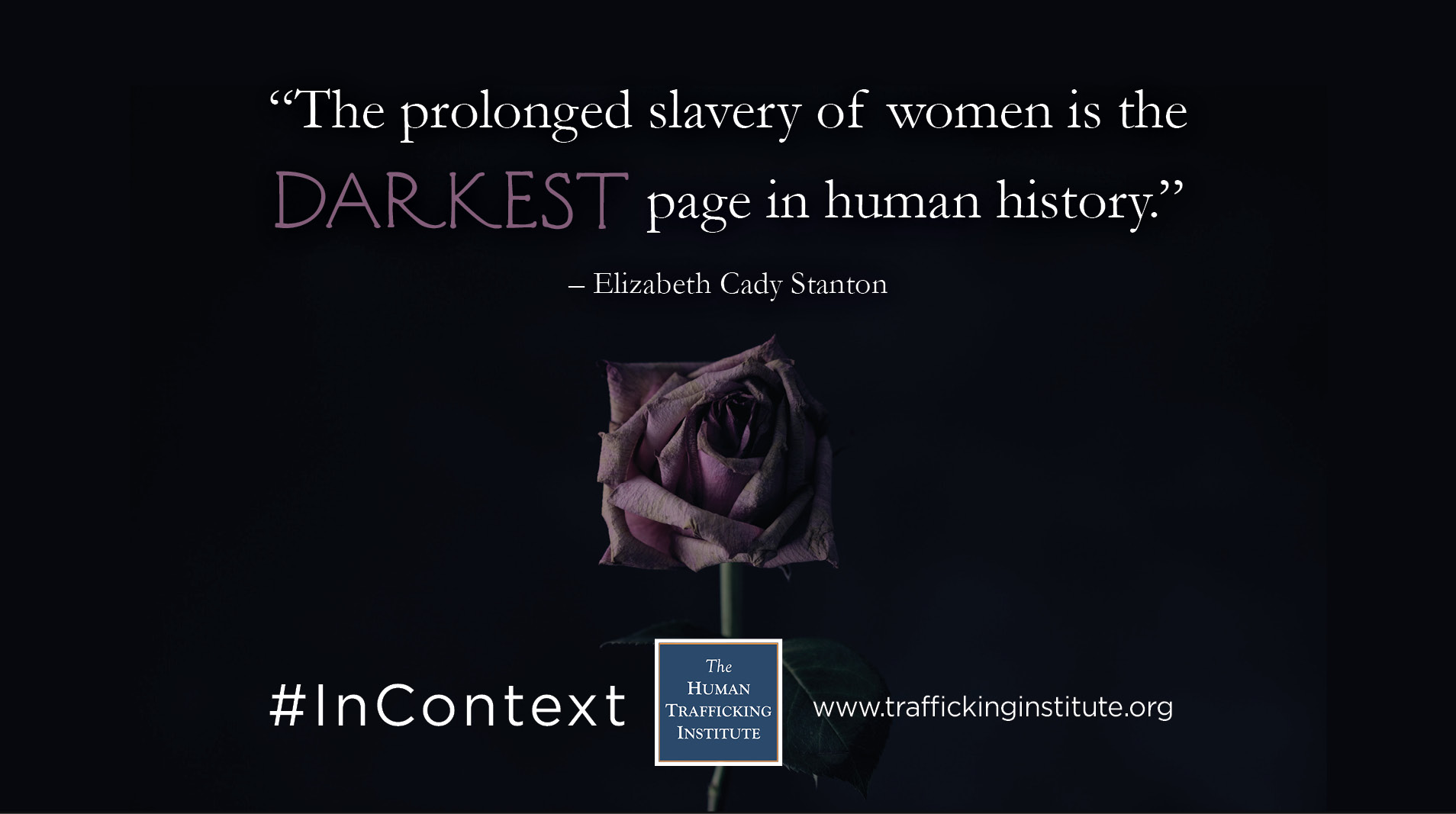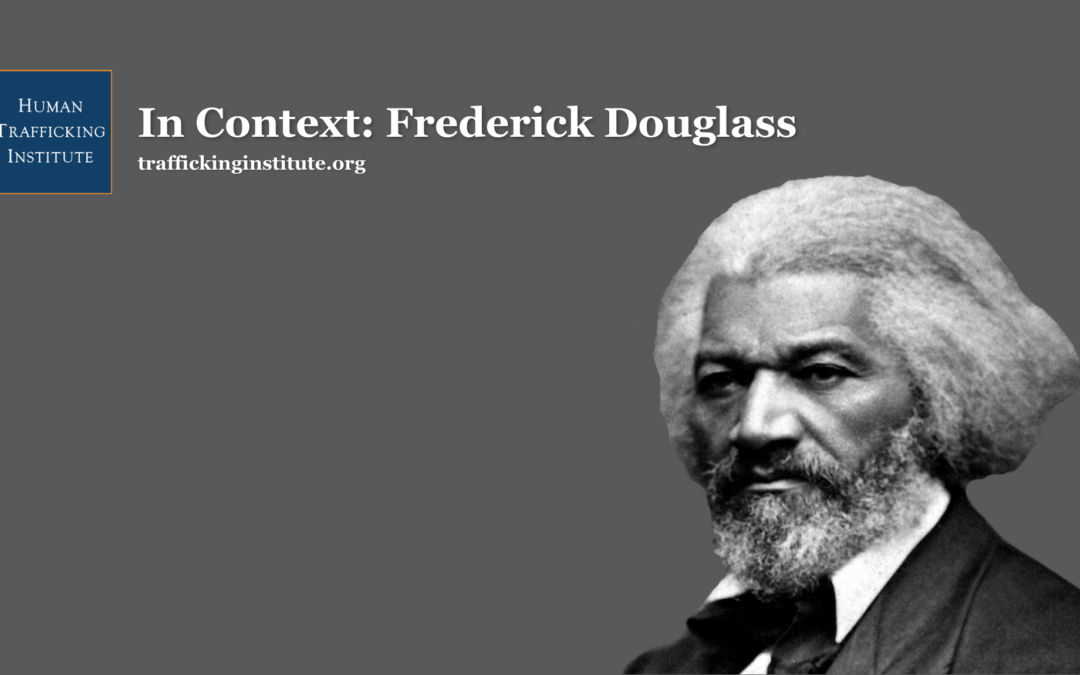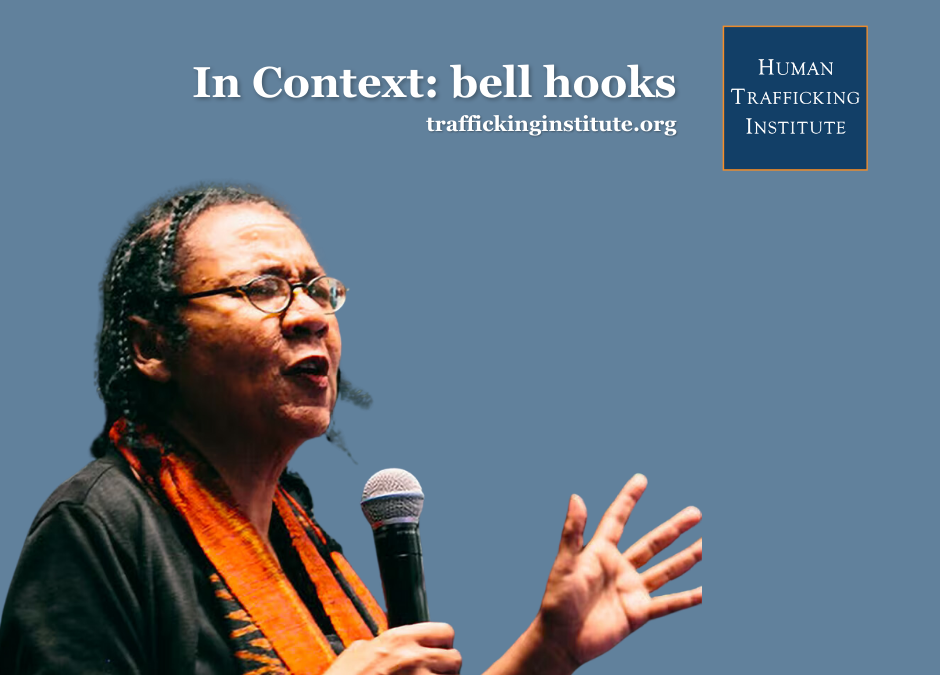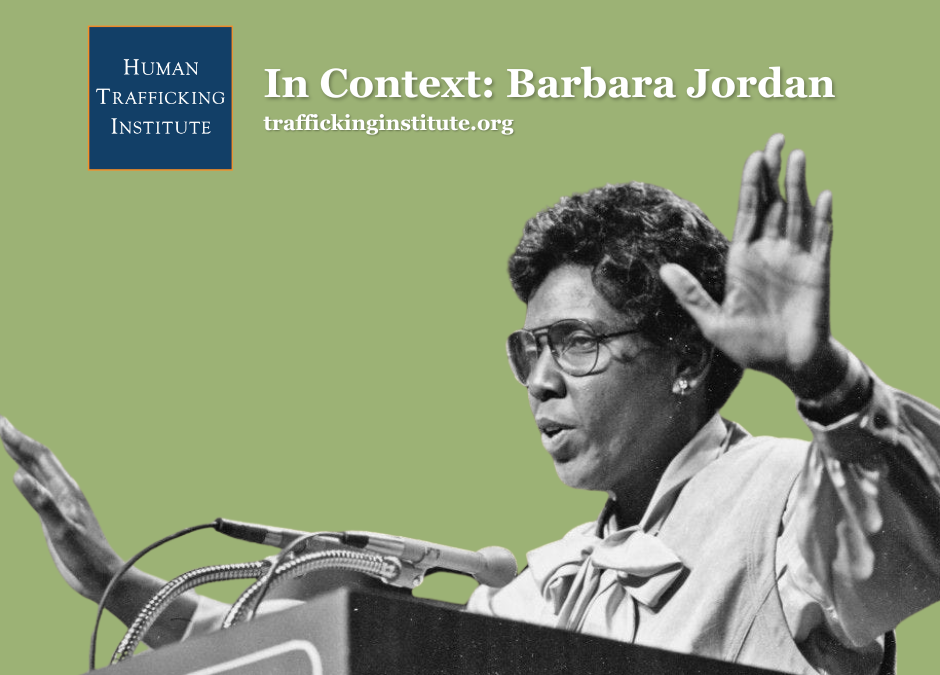As a child, Elizabeth Cady Stanton wanted to destroy all the laws that were unjust to women by physically cutting the pages out of her father’s law books. Instead of wielding a pair of scissors, the adult Stanton would wield language and become a leading voice in the early Women’s Suffrage Movement.
Clothed in wealth and privilege early in life, Stanton was born to a prominent judge and Congressman in Johnstown, New York, on November 12, 1815. As a young girl, her father’s office became her intellectual playground. By debating her father’s law clerks, spending time in his law library, and discussing legal issues with him, Stanton developed an early understanding of the gender-based power imbalances that permeated her day-to-day life.
These imbalances became especially poignant when, after her eldest brother died, Stanton’s father told her he wished she was a boy. Though flummoxed by this statement, Stanton strove to be and achieve everything her brother would have if he had lived. Stanton went on to win awards and excel as a student, first at Johnstown Academy and later at the Troy Female Seminary in New York.
In an early act of rebellion, Stanton insisted that the phrase, “promise to obey” be struck from her wedding vows when she married Henry Brewster Stanton, a prominent abolitionist. Stanton wrote that she “obstinately refused to obey one with whom [she] supposed [she] was entering into an equal relation.” This equality was immediately challenged when the newlyweds spent their honeymoon in London attending the World Anti-Slavery Convention, which refused to recognize female delegates.
Stanton used the resistance as fuel for her efforts when she returned to the United States, organizing what would be known as the Seneca Falls Convention. The Convention fought for the social, civil, and religious rights of women and launched the women’s suffrage movement in the United States. Stanton authored the great work of the Convention: The Declaration of Sentiments and Resolutions, which introduced into the debate for the first time a woman’s right to vote. It was with this document that Stanton’s pen truly became her sword.
After the Seneca Falls Convention, Stanton worked tirelessly to shift the power imbalance between men and women that she had known as a girl and still experienced as an adult. She primarily focused on gaining the female vote. Stanton believed that women were unable to reach their intellectual and political potential because, “[w]ith men as the chief arbiters of legal and political rights, women were rendered civilly dead.”
Stanton found a kindred spirit in fellow suffragist, Susan B. Anthony, who would become her loyal partner in activism and long-time friend. Stanton and Anthony’s meeting was fortuitous. By the time they met, Stanton was running a household and raising her first five of seven children. Anthony was unmarried and able to travel the country to rally support for women’s equality under the law. By 1852, Anthony was delivering speeches authored by Stanton on the lecture circuit. In many ways, the pair were the dynamic duo of the early women’s rights movement: Stanton the brains, Anthony the brawn. They would later co-author the first three volumes of History of Woman Suffrage, documenting the struggle for women’s rights.
By the 1880s, Stanton, in her mid-60s, proved once again that the pen is mightier than the sword (or in her case a pair of scissors). She candidly critiqued the systemic oppression of women, which she had spent her life fighting against in the first line of History of Woman Suffrage, writing:
“The prolonged slavery of woman is the darkest page in human history.”
We have still not quite turned that page of human history.
Stanton did not live to see the fruition of all the work she did for women, but it was not in vain. Women secured the right to vote less than two decades after her death. Moreover, her two daughters obtained college degrees, an impossible feat for women of her generation.
Stanton’s work laid the foundation for feminist philosophy, the modern women’s rights movement, and consequently the anti-trafficking movement as it exists today. Her unwavering pursuit of emancipation, equality under the law, and the right to be free from private oppression roots the anti-trafficking movement in the long struggle for freedom and provides inspiration for advocates, survivors, and activists to continue forging ahead for a better tomorrow.




